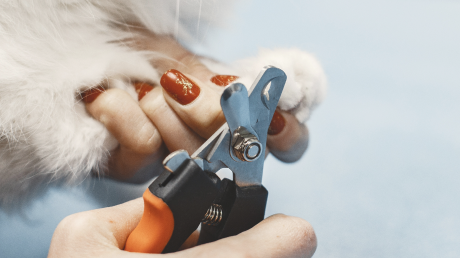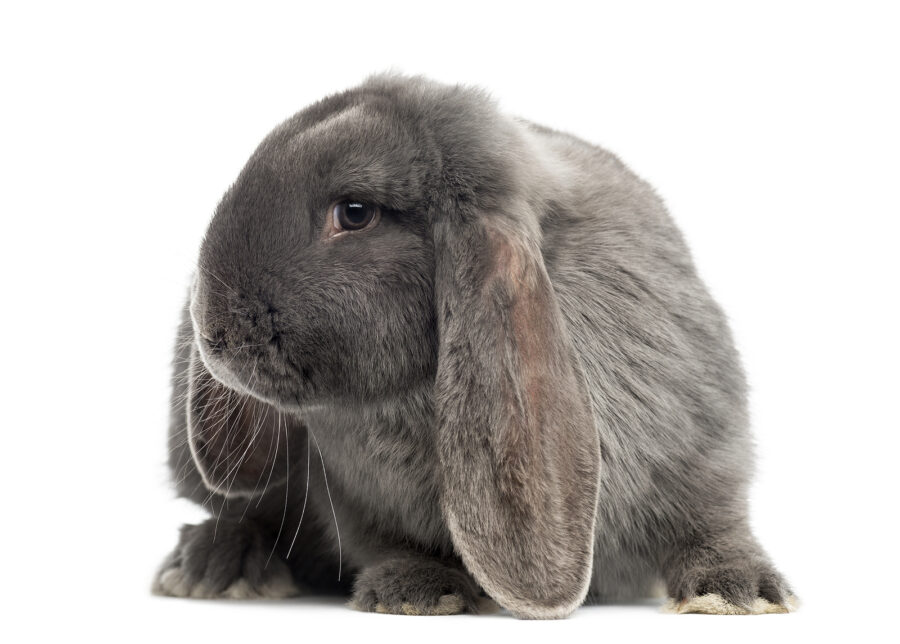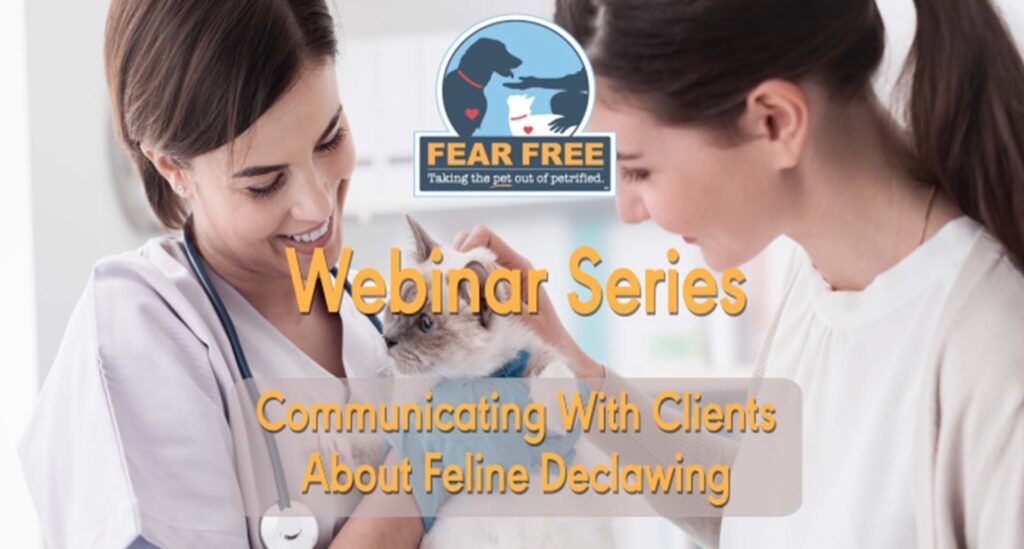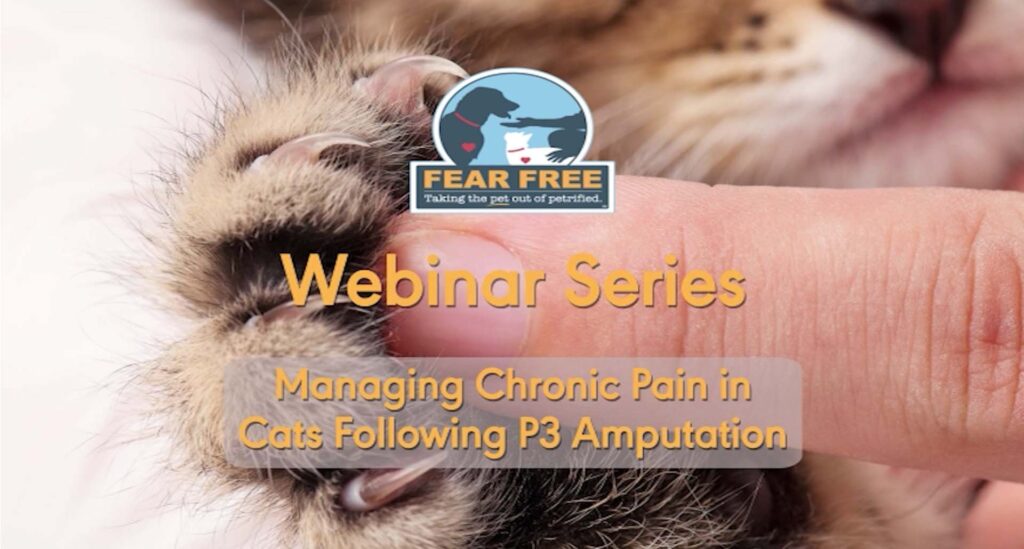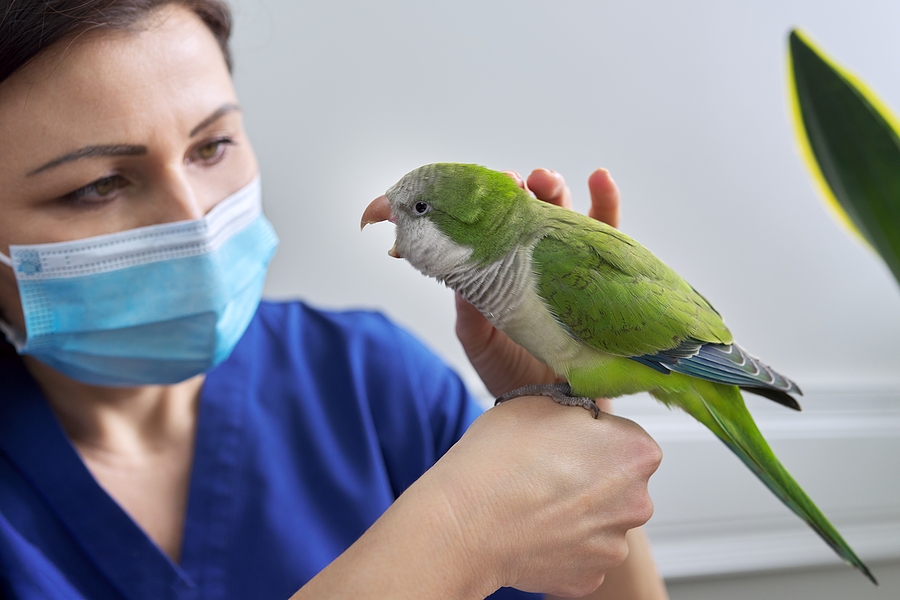
With feathered companions, this is especially important, as many avian behavioral issues may be related to lack of environmental stimuli; specific relationships with members of the household; the owner’s behavior; and daily schedule and routine, to mention a few key pieces of behavioral history taking. Most veterinary behaviorists require a client to complete a behavioral questionnaire prior to the pet’s appointment, but even with this information, they must act as detectives, sifting through the information and asking further questions in the examination room.
This article will discuss four aspects of collecting an avian behavioral history. Having a thorough understanding of the situation can help the veterinary team reach a diagnosis.
Gaining Client Trust
This first step is an important factor in taking a history, even though it doesn’t relate to the bird’s behavior. Veterinary professionals should present themselves in a way that promotes and creates an open and honest relationship with the pet owner. If the client feels judged, the history obtained may not be accurate history, leading to misdiagnosis.
Humans communicate visually and verbally. Actively listening and appearing open, sympathetic, and relaxed are important when entering the room to evaluate the patient and meet the owner. When in an exam room with clients, I mention specific behaviors that may be challenging to ignore and tell the client that everyone makes mistakes and we all lose our tempers. I evaluate the client’s nonverbal body language and based on that, I may state that there is zero judgment in this space and that we are a safe zone. We support owners and understand that they are in the office to help their pet. It is not our job to judge, but to help the owner and pet move forward.
Abnormal vs. Normal Behavior
Clients who obtain parrots may or may not fully understand normal parrot behavior. Many clients bring their bird in for behavioral evaluation only to learn that the behavior is normal for that species. Parrots, for instance, are inherently loud, destructive, and messy. The parrot walking into the consultation is going to be the same parrot walking out. Giving the client clear expectations can be informative for clients and help them understand long-term goals for modification of unwanted behaviors. Communicating that some of these behaviors are normal can educate the client and lead to a discussion on how to manage the behavior moving forward.
Observing Behavior
This can be the most challenging part of obtaining the behavior history. It is important for the veterinary professional to witness typical behavior for the bird. With birds, the majority of behavior is going to be displayed in their home environment where they feel most comfortable. Most birds will alter their behavior in the presence of unfamiliar people. While using video to evaluate the behavior is valuable, it may add new, potentially “scary” stimuli to the situation, and this may influence the bird’s behavior.
To help to counteract this, have the client bring the camera or tripod into the environment a few days prior to collecting video and data. This should help the bird habituate to the camera and reduce or eliminate behavior changes. In the text Manual of Parrot Behavior, edited by Andrew Luescher, DACVB, it is recommended that clients film the following prior to the consultation:
- Interactions with each household member (or members of the home who routinely interact with the bird)
- Interactions with owner during:
- Meals/eating
- Playing
- Snuggling
- Routine behavior in the cage (with owner in the room)
- Routine behavior in the cage (without the owner present)
- Film a “Bird View” video of what the bird sees from the cage
- Full circle view
The goal of these videos is to give the veterinary professional insight to how the bird interacts at home. The veterinary team can then read and understand the animal’s body language as it is displayed during each circumstance or situation. Caution the client against purposefully eliciting aggressive behavior or frightening the bird. The goal is for the videos to provide a glimpse of the bird’s everyday behavior and comfort level with interactions and surroundings.
Evaluating Physical Environment
The bird’s environment can play a large role in normal or abnormal behavior patterns. This can become a concern when diagnosing a behavior condition. When evaluating the pet’s physical environment, look at the following:
- The bird’s cage
- Size
- Construction
- Cleanliness: A dirty cage space can cause increased stress and anxiety
- Location: Where is the cage located? In the common room with the family and or owners? Is it in an isolated space away from human interaction? Is it in the center of the room? Certain locations can increase stress and anxiety.
- Stimuli and surroundings near the cage: The cage is where the bird spends a large amount of time. Since parrots are a prey species, certain sounds, objects, or conditions may be more concerning to them, causing increased fear, stress, and anxiety. Specific objects such as clocks or portraits may increase stress and anxiety (“Why is the scary portrait staring at me?”). Loud sounds, cigarette smoke, and air quality are other factors that can make the parrot uncomfortable.
- Toys and enrichment:
- Are perches and play gyms present in a social gathering space? This may suggest that the bird is able to loosely and comfortably play and interact with the equipment in the presence of people and other unknown stimuli.
- Assess the type of toy, size, construction materials, and suitability. Toys that are too challenging become uninteresting. Each toy should match the preference of the bird. Variation and rotating toys can be a useful tactic to keep toys as “fun” as possible. Some birds may not know how to play with toys, and for this reason may be more dependent on and bonded to the owner.
Veterinary professionals may also request that the client submit a video tour of the home. This can aid them in knowing what the pet may be experiencing based on human movement, placement of items, and daily routine.
These are just a few of the considerations to take into account when obtaining an avian behavioral history. Other areas to assess and discuss are the patient’s signalment, breed, developmental history, prior environmental information, and grooming. We will dive into other aspects of taking an avian history in a future blog post.
Reference:
Luescher, Andrew. Manual of Parrot Behavior. Blackwell Publishing. 2006
This article was reviewed/edited by board-certified veterinary behaviorist Dr. Kenneth Martin and/or veterinary technician specialist in behavior Debbie Martin, LVT.
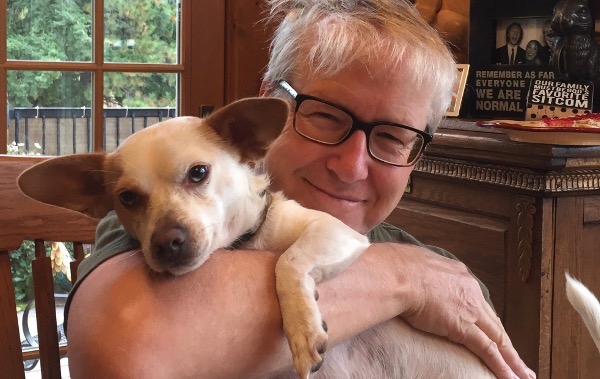
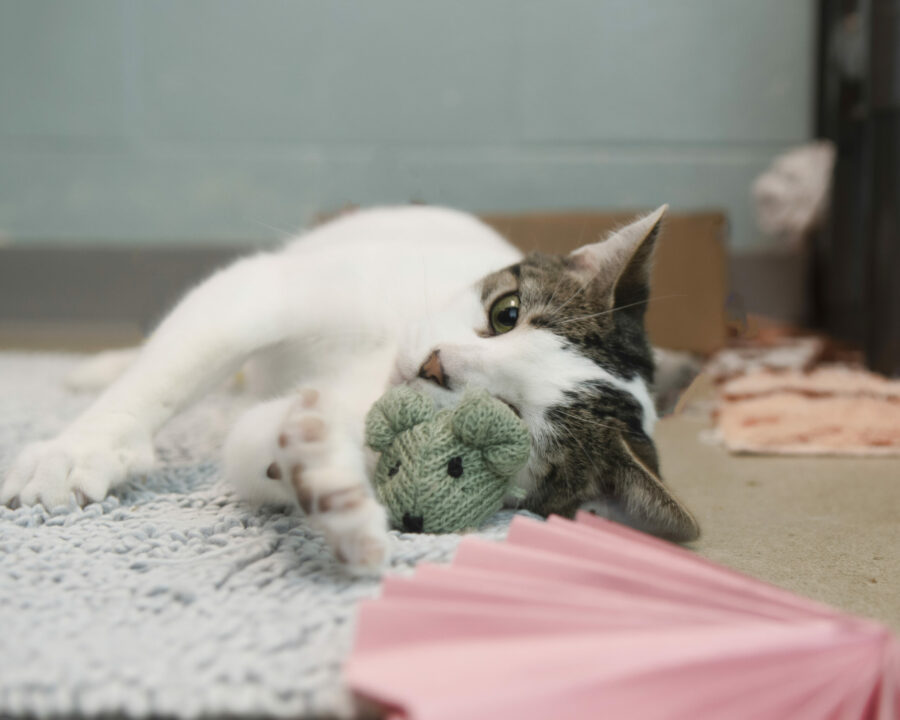
 Whenever she’s in the veterinary suite, she remembers her Fear Free training. “They are already in pain and probably very stressed,” Killen says, “but by keeping calm, quiet, and moving slowly and predictably, I can help prevent that stress level from rising, which could make them feel even worse.”
Whenever she’s in the veterinary suite, she remembers her Fear Free training. “They are already in pain and probably very stressed,” Killen says, “but by keeping calm, quiet, and moving slowly and predictably, I can help prevent that stress level from rising, which could make them feel even worse.”